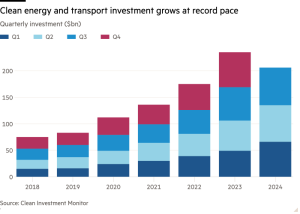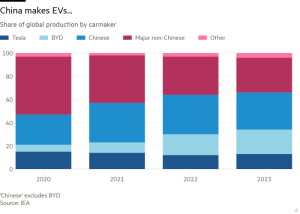German election 2025 poll tracker

SOURCES
The FT’s Germany poll tracker uses data from every new national voting intention poll by Allensbach, Verian, Forsa, Forschungsgruppe Wahlen, GMS, Infratest Dimap, INSA and YouGov, which are collated by researchers at wahlrecht.de.
METHODOLOGY
We use general election polls covering Germany to calculate both an average voting intention and a range of likely values for each party.
To compute the average at a particular moment in time, we take every poll released in the last 30 days and assign it a weight based on how long ago it was released, its sample size, and how frequently the pollster releases polls. The moving average is the weighted mean of these polls.
Polls are first weighted according to an exponential decay function, so that a poll released today is weighted fully, while a poll released 30 days ago is not weighted at all. Polls with larger sample sizes are also weighted more than those with smaller sample sizes. If a pollster has released more than one poll within the last 30 days, each poll by that pollster is weighted less to ensure that every pollster affects the average equally.
To obtain a range of likely values that each party could win if an election took place tomorrow, we sum two separate sources of error: sampling error and polling industry error.
Sampling error represents the risk that the views of a randomly chosen subset of the population do not match the views of the entire population. For each party, we estimate the range of values our moving average could have taken given the sampling error of each poll.
Polling industry error, or non-sampling error, represents the risk that all the polls are systematically biased in one direction or the other. Sources of polling industry error include using skewed samples, voters being undecided until election day, or voters not telling pollsters their true intentions. We estimate non-sampling error by considering how much the results of previous elections differed from their pre-election polling averages. The values we have chosen are based on a combination of academic and original research.
The coalition calculation is based on a projected share of Bundestag seats. This is based on the most recent poll average, excluding parties falling below the 5 per cent threshold of the vote needed to gain seats in the parliament. For the remaining parties, this results in a larger share of parliamentary seats than its national vote share as measured by polls.
#German #election #poll #tracker





